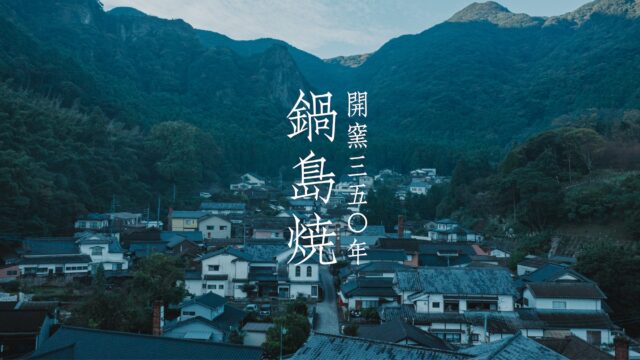Shitsurindo and ZOZO NEXT Launched Collaborative Research on New Lacquer Techniques
KOGEI Topics VOL.19
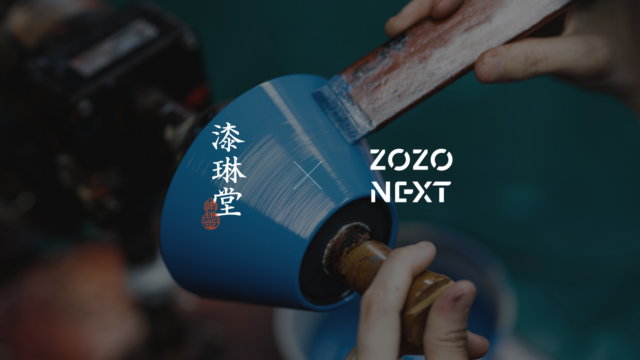

VOL.1-19
Update
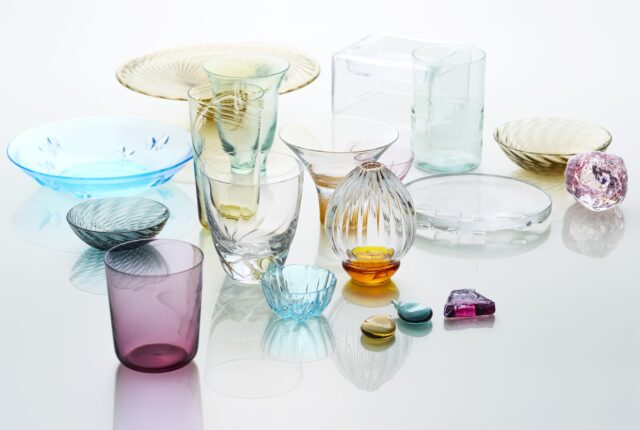
VOL.1-17
Update
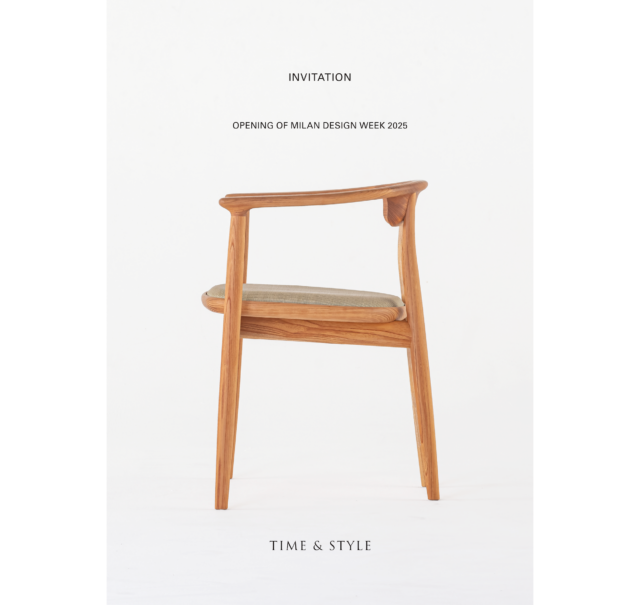
VOL.1-43
Update
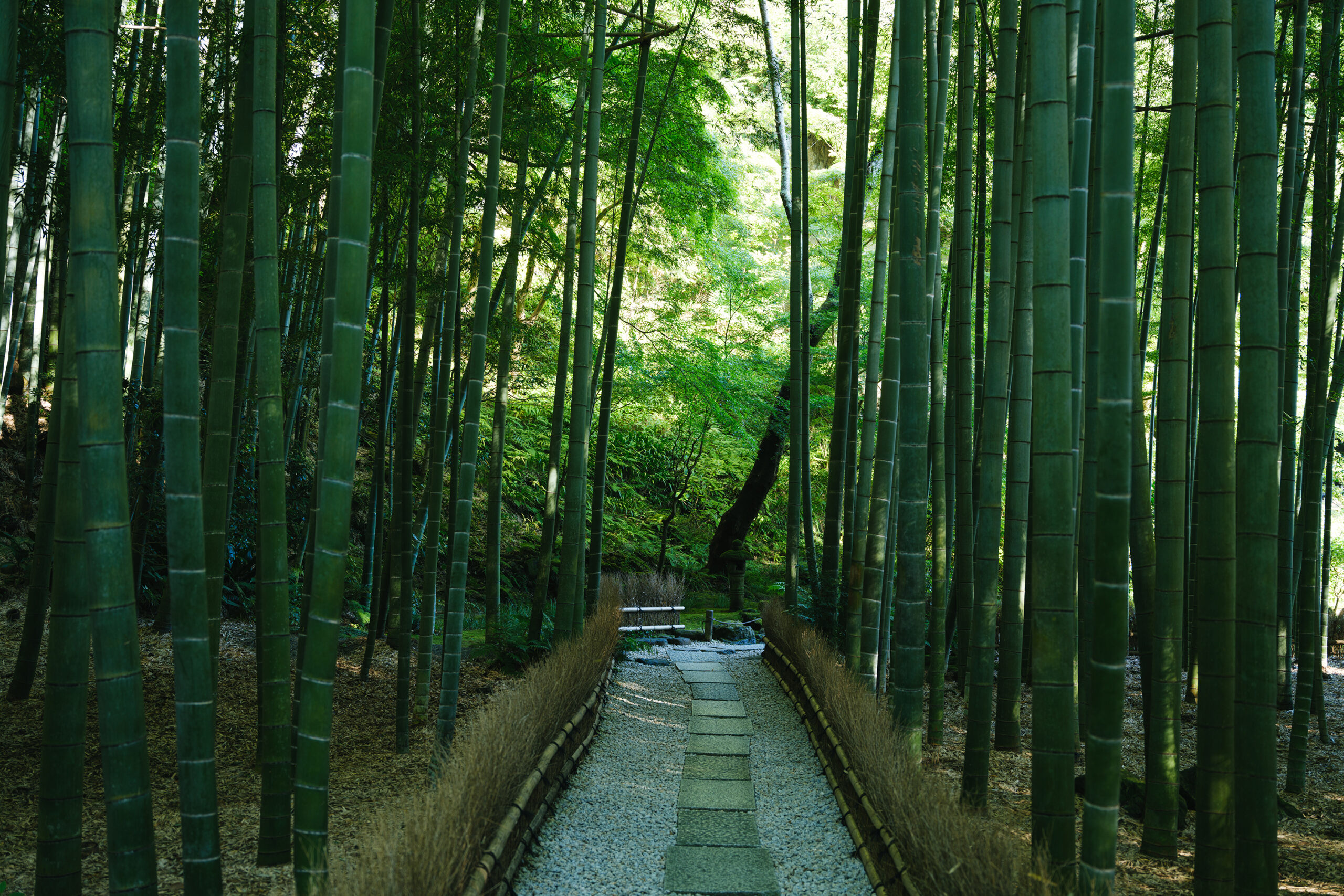
VOL.1-2
Update
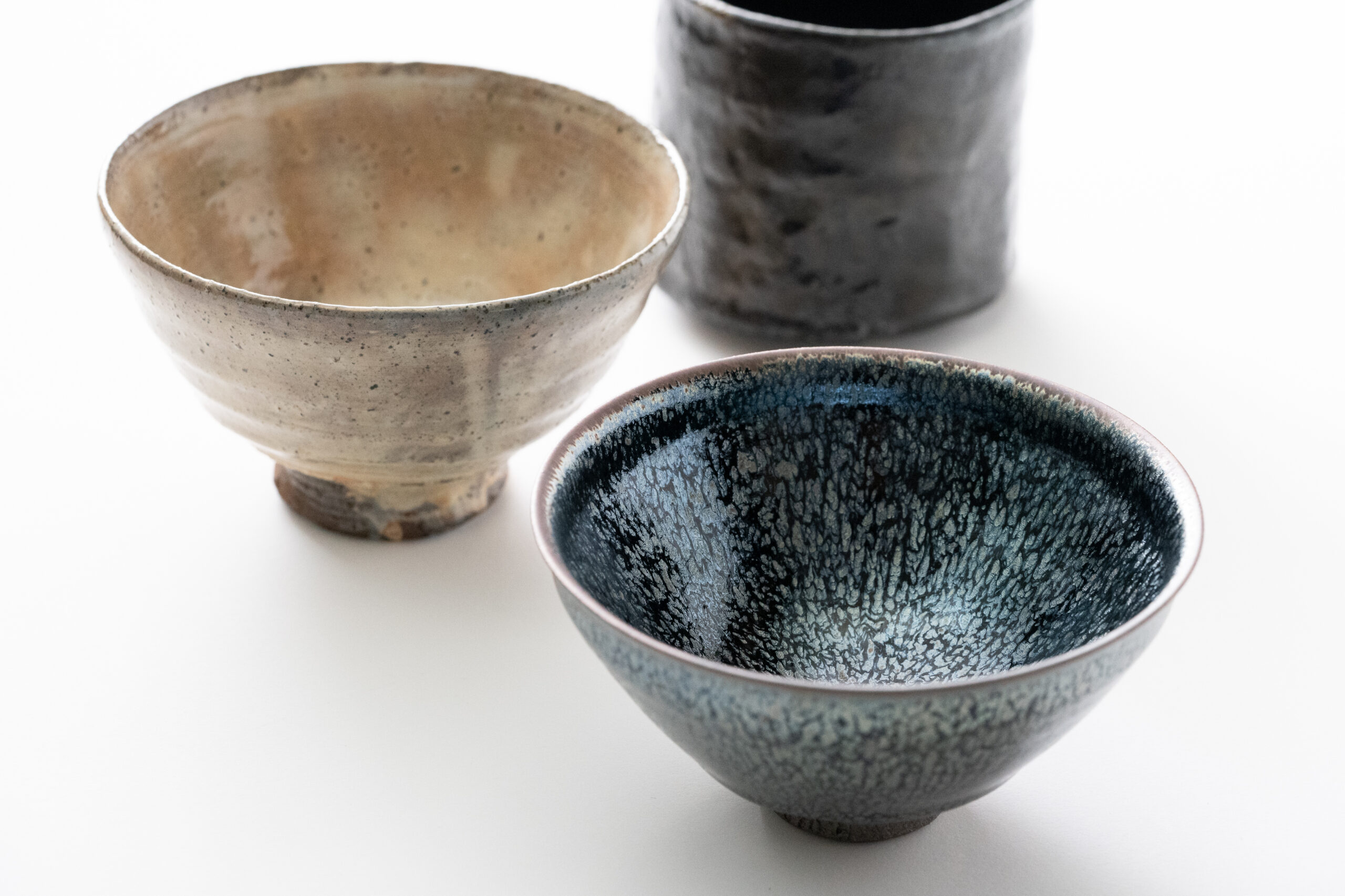
VOL.1-3
Update
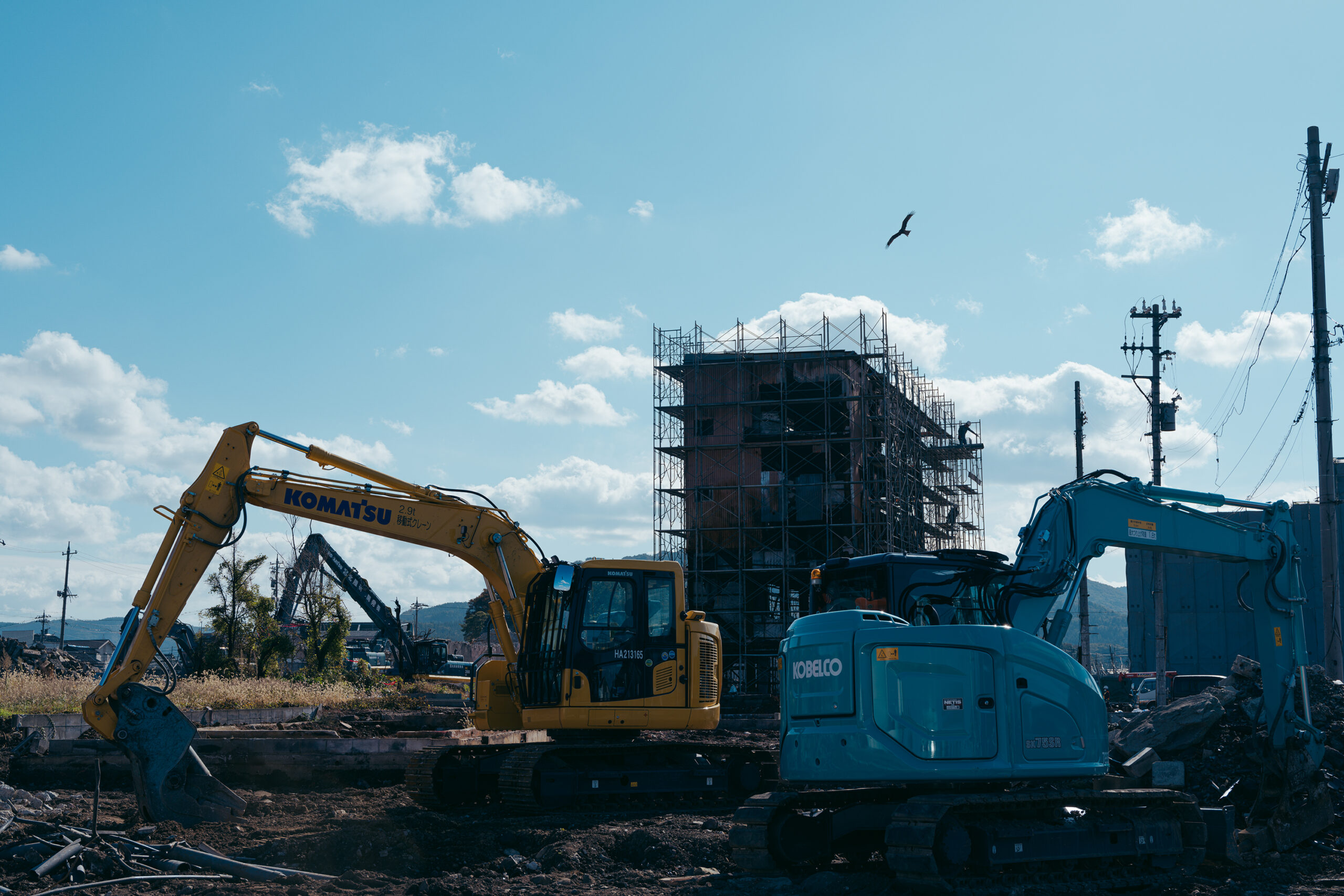
VOL.1
Update
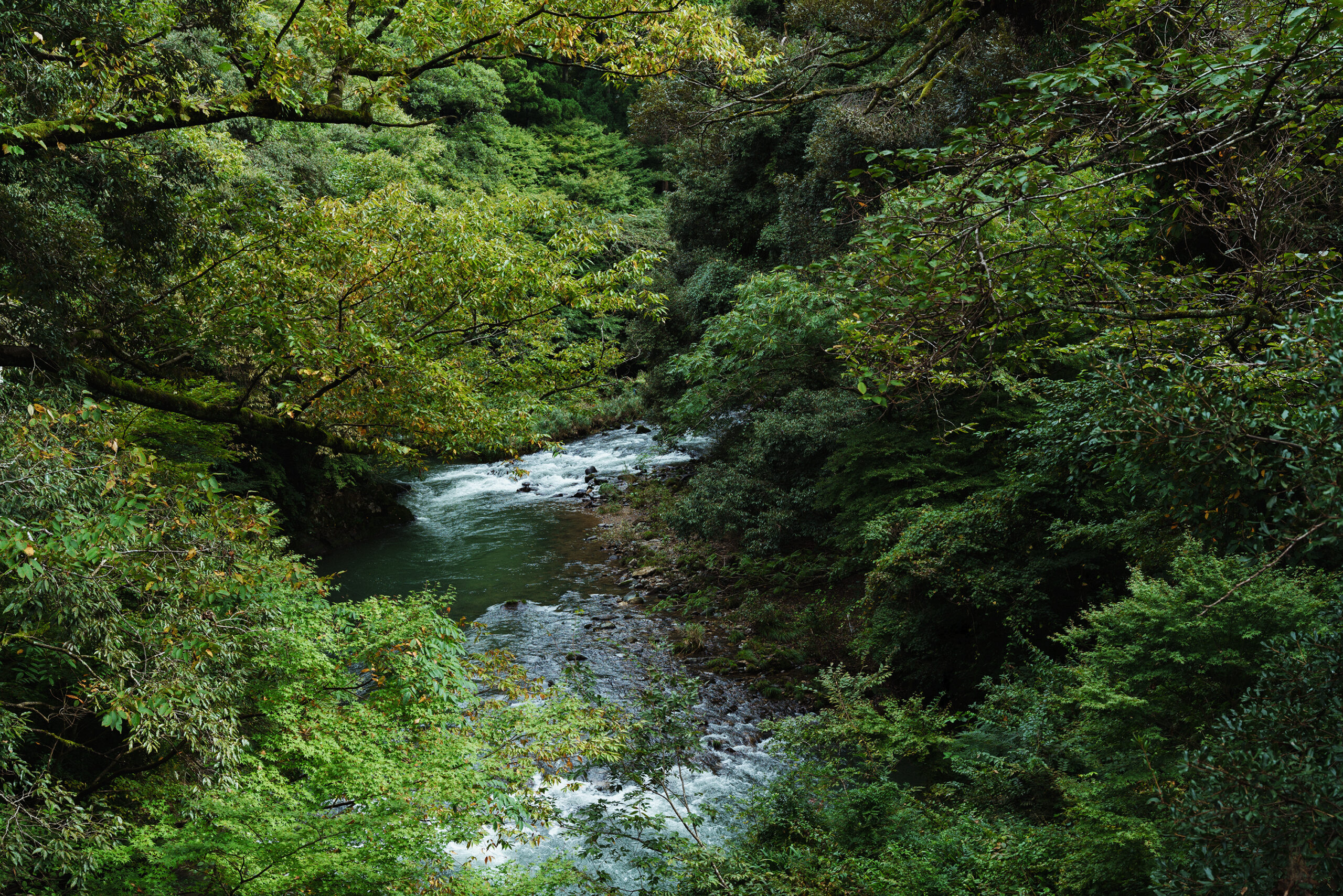
VOL.1-7
Update
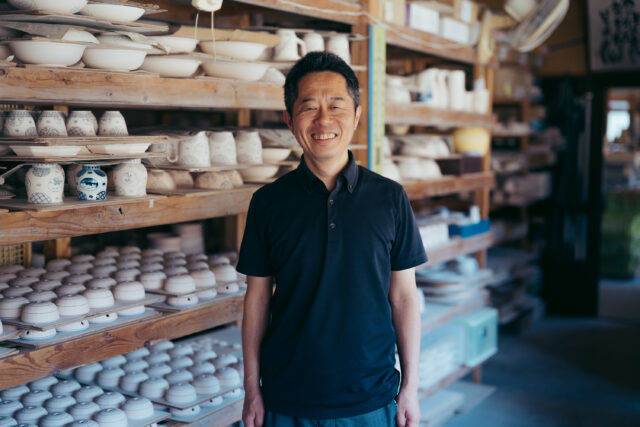
VOL.1-32
Update
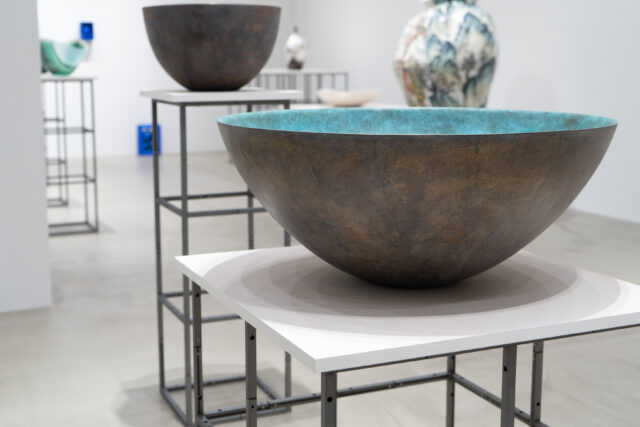
VOL.1-26
Update
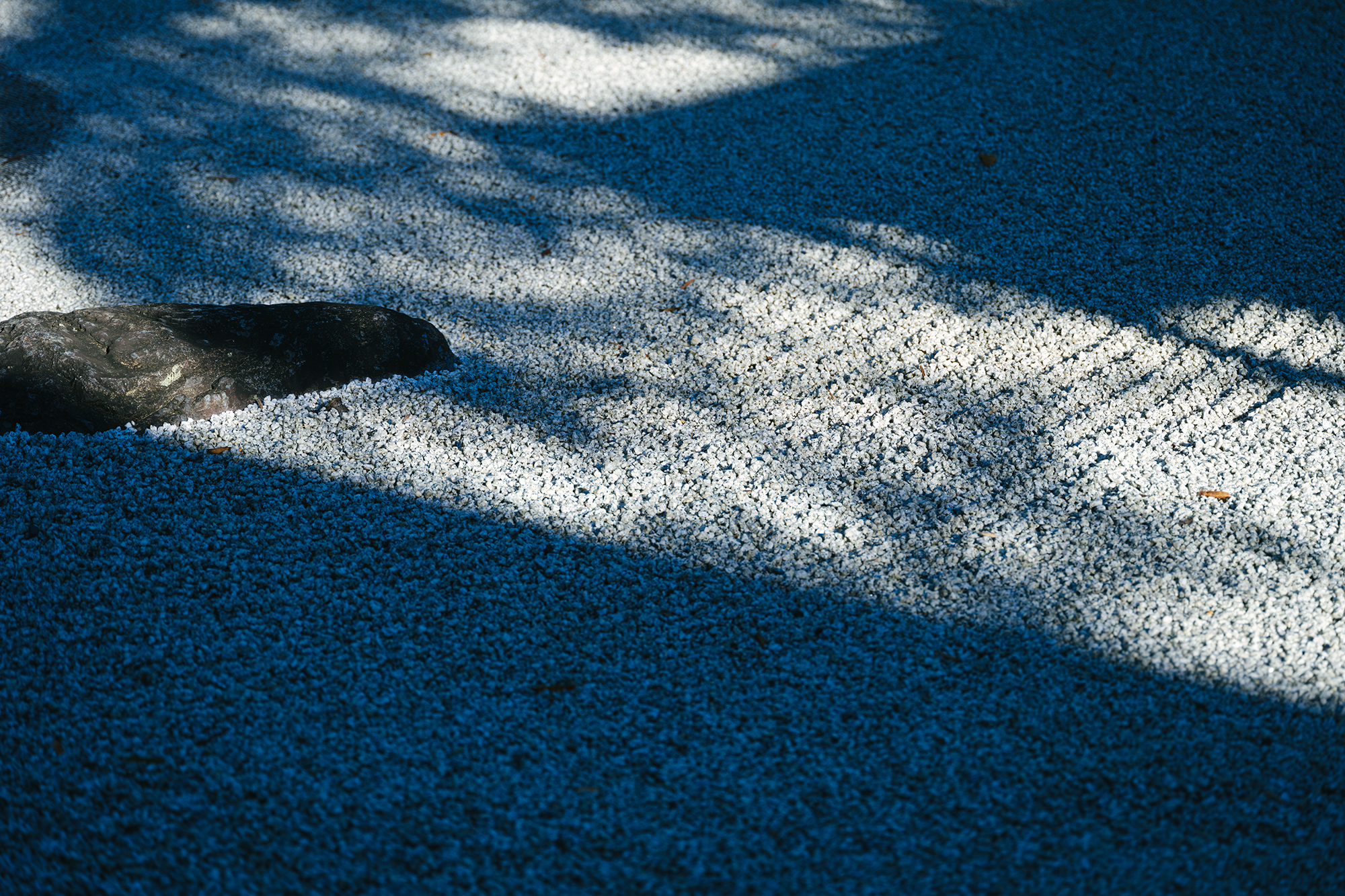
VOL.1-12
Update
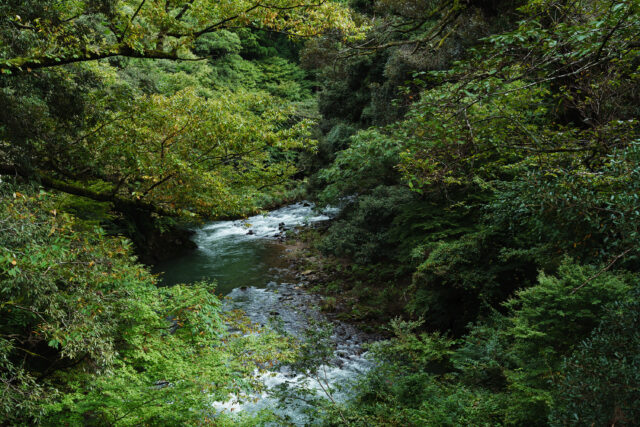
VOL.1-3
Update
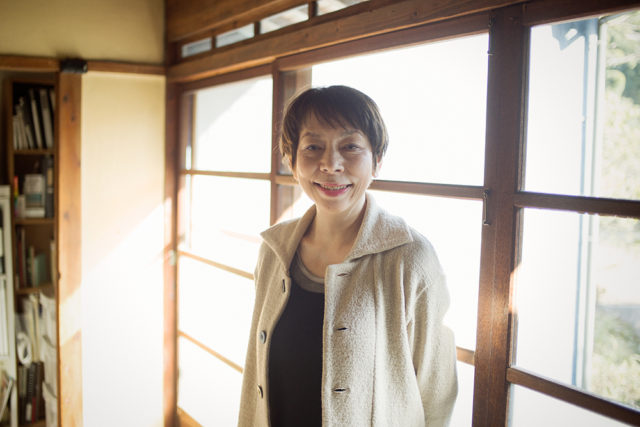
VOL.1
Update
We share a variety of information and perspectives on Japanese crafts, including exhibition information and interviews.
KOGEI Topics VOL.19
New Products VOL.17
Featured Exhibitions & Events VOL.43
KOGEI Topics VOL.18
Apr 5 – Jun 22, 2025
SEIKADO BUNKO ART MUSEUM
Apr 8 – May 6, 2025
The Gotoh Museum
Apr 11 – Jun 15, 2025
Kyoto City KYOCERA Museum of Art
Apr 12 – Jun 29, 2025
TOGURI MUSEUM OF ART

Ceramic artist Hosai Matsubayashi was born in Uji, Kyoto to a family with over 400 years of history in Asahi-yaki Kiln. After learning the rokuro (potter’s wheel) in Kyoto, he apprenticed under his father and engaged in ceramic production at the Leach Kiln in St. Ives, England, before assuming the name Hosai XVI. Using the clay passed down through generations, he mainly produces tea ceremony ceramics, including the traditional works of Kase (literally, “fawn back”) and Beni-Kase (“red fawn back”), as well as his own style of Geppaku (“moon white”) overglaze, and is expanding his activity overseas as well.
The works gracefully embody the aesthetic philosophy of Kobori Enshu, “kirei-sabi” (“beauty and simplicity”), where contrasting elements such as tradition and modernity, simplicity and sophistication, strength and gentleness harmoniously coexist. Delving into the allure of Uji’s clay, the artist inherits the enduring spirit passed down through generations in the kiln. This commitment is embedded in each piece, expressing both the elegance and tranquility of sabi.
Born in Uji, Kyoto, the eldest son of Hosai XV
Studied the potter’s wheel at Kyoto Ceramic Technical School
Started working at Asahi-yaki Kiln
Lived and worked at Leach Kiln in St. Ives, England
Succeeded to the name of Hosai XVI and received the “Asahi” seal from Her Imperial Highness Princess Takamado
Held solo exhibitions throughout Japan, beginning with Kyoto Takashimaya
Works purchased by the National Museum of Wales
Exhibited works in “Inheritance – The Intangible Cultural Heritage of Japan” exhibition in Hong Kong
Solo exhibition at Nonaka-Hill gallery, Los Angeles
Participated in Kyoto City KYOCERA Museum of Art’s “Visionaries: Making Another Perspective” exhibition, Kyoto
